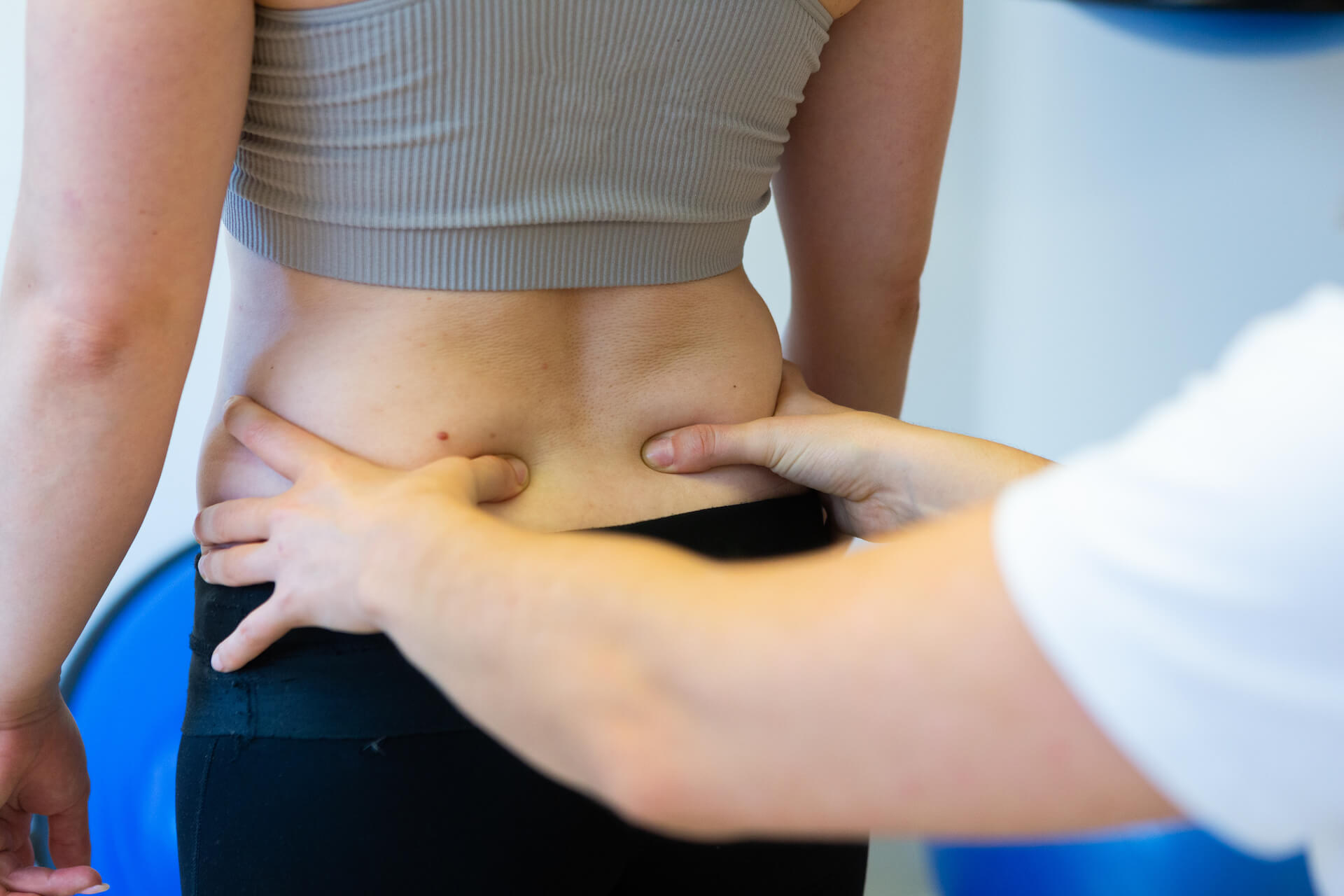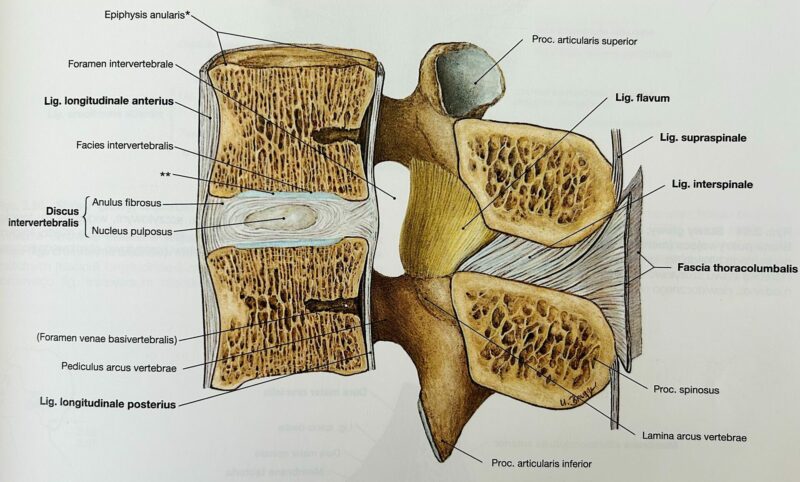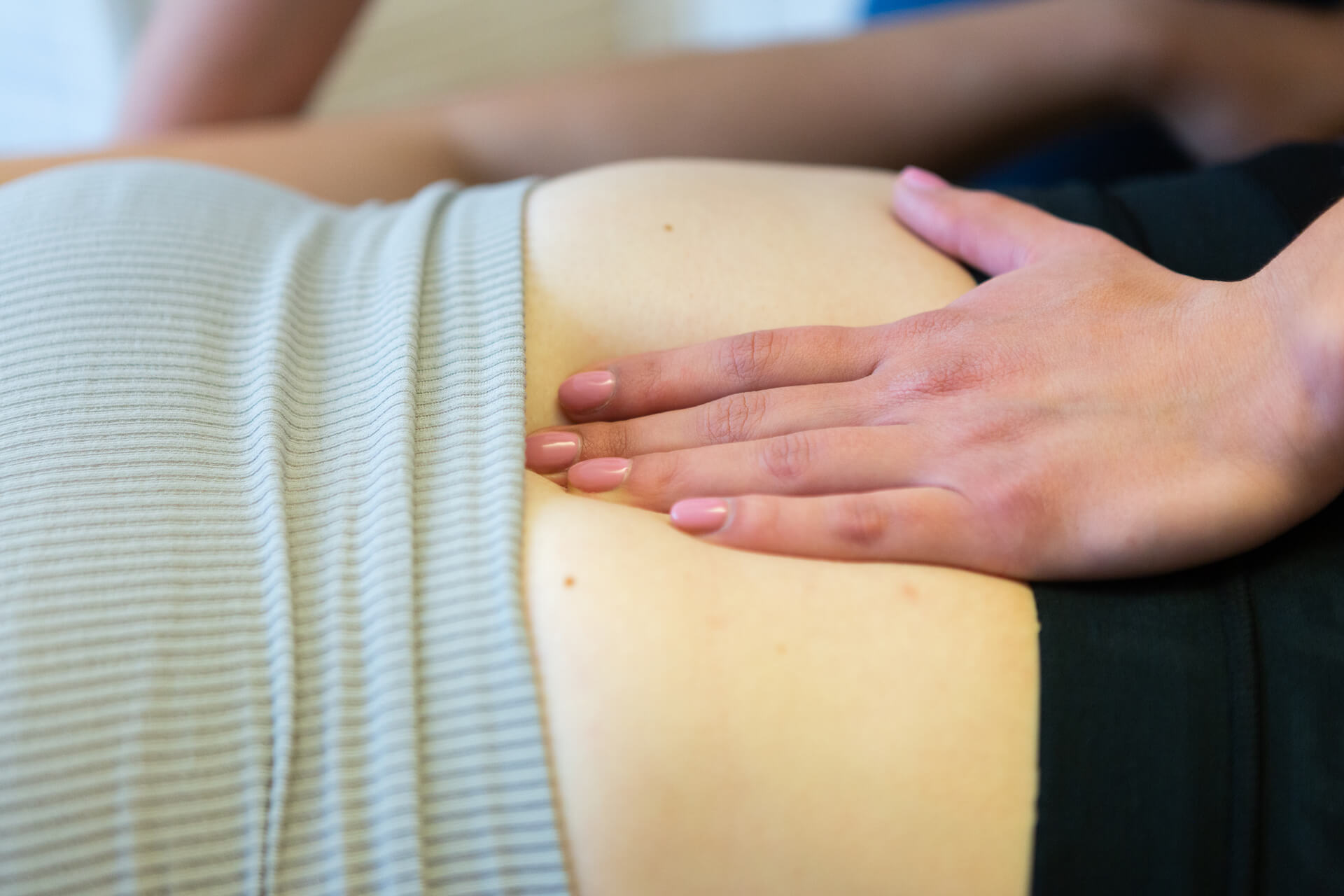Back: Discopathy and disc herniation
A lot of patients who come to the clinic are very confused and a large part of them is even terrified after seeing a description of X-ray or MRI (magnetic resonance). Intervertebral disc problems (discopathy) is currently considered one of the civilization diseases that occur most often. Already in some teenagers, by reading the MRI description you can meet with the first symptoms of degenerative disc changes, not to mention hernia after the age of 35.





